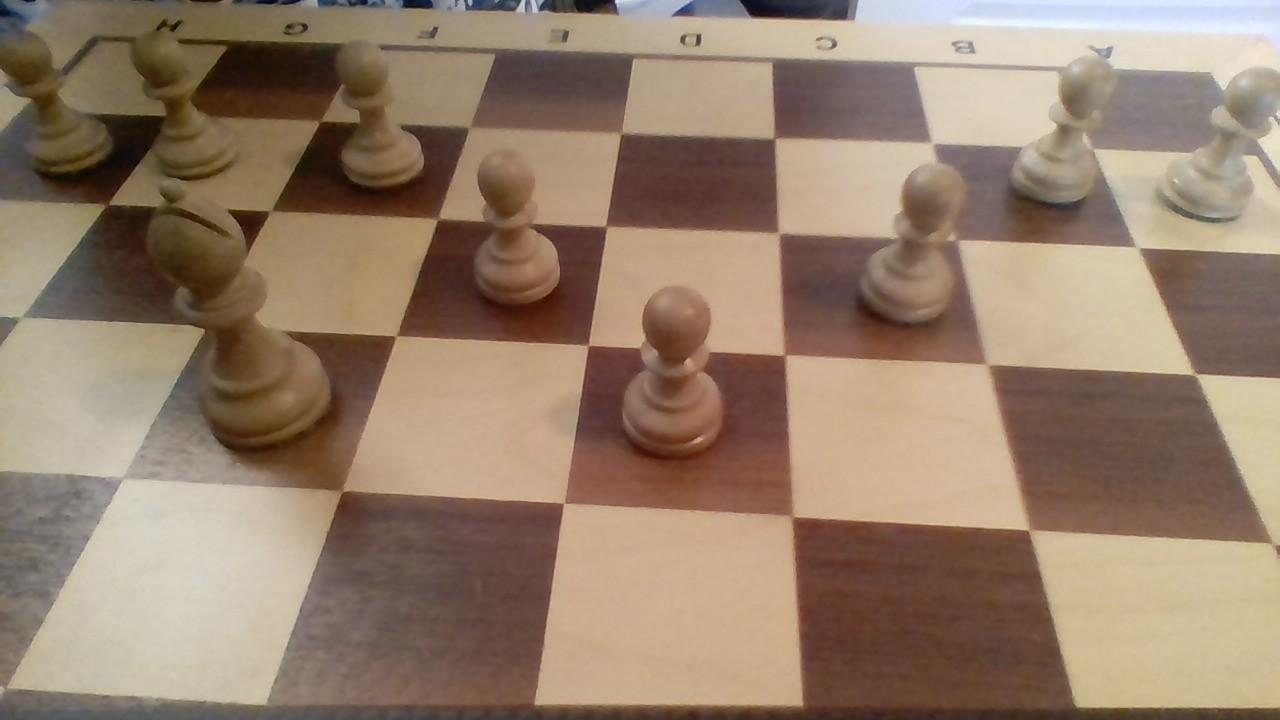
3 Reasons Why Everyone Should Play London System Pawn Structures
The London System is perceived by some a "lazy" system, where white just goes for his normal set up regardless of black's moves. As a rule, such an approach is harmless for black, I wouldn't recommend it for someone seriously trying to improve their game. However, elite grandmasters use the London efficaciously because they are able to do one of several things: Get a playable game and outplay a weaker player, employ aggressive variations such as the Jobava-Prie` and Barry attack and use their theoretical knowledge and attacking prowess to bowl over opponents, unsettle opponents who's forte lies in open and attacking games, and just as vitally London system aficionados have experience in a flexible and rich pawn structure. The reason I highlight the second point in bold is precisely because this isn't a well known attribute to an opening where many a London player has heard the vapid criticism, "London players bypass mainstream theory and like to evade tactical positions." Likewise, my main purpose for this text will be to provide educational examples and elucidate three benefits of playing London system pawn structures.
The first reason is because of the structures immense versatility, it wouldn't be prudent to imagine the London System structure (LSS) as a Classical Colle system but with the bishop on the outside of the pawn chain. The prodigious indolence exuded by Colle lovers sends me straight to sleep. No, keep in mind the London system (1.d4 followed by 2.Bf4, no further specification) has only committed a single pawn in the center and consequently allows a panoply structures which may differ greatly. For instance take the Barry Attack, (for specialization on the Barry here's my 3 part series https://www.chess.com/blog/2Bf41-0/poisoning-the-grunfeld-with-the-london-part-one https://www.chess.com/blog/2Bf41-0/poisoning-the-grunfeld-with-the-london-part-two https://www.chess.com/blog/2Bf41-0/poisoning-the-grunfeld-with-the-london-part-three ) which conducts a flexible structure with ideas like h4-h5 and f3-g4 and f3-e4. Obviously there's the classical London pawn structure which is the picture for this blog. It's a Semi-Slav structure and h3 is played for prophylactic measures, occasionally a4 is played to gain space, and the long-term plan is the advance our pawn to e4 to bolster central control. Lesser frequent but important structures include when white plays Bxb8 and f4 reaching a Stonewall structure but exchanging his bad bishop first. Another important point is that knights are important in closed positions like Stonewalls, but white has two knights while black has only one. A book which elaborately explained various ideas in Stonewalls and other London Relevant opening pawn structures which profusely deepened my understanding of positional chess. d4-Bf4-e3-c4 is a sort of reverse Tarrasch QGD. Even dubious openings like the Albin Countergambit become even more tricky options, e.g. 1.d4 d5 2.Bf4 c5 3.e4!? and black should really know what's going on. This line has been played by prominent Grandmasters such as Grachev, Ponomariov, Bauer, Eljanov, Dlugy, McShane and more. GM Luc Winants played it 5 times and beat 2600+ opponents. To sum up, the London System has a broad range of structures that occur in broad range of openings. This is a positive aspect if you want to deepen your feeling for chess openings in general.
Secondly, let us not ignore our opponents! It is questionable whether the average opponent with the black pieces faces the London on a consistent basis. White can exploit the opponents lack of experience in playing a certain type of pawn structure in the London, for instance for someone who hasn't scrupulously examined the London and meticulously dissected variation by variation but played many blitz games in several different London variations (for instance Classical London, Barry attack and Patzer knight variation) can still choose the Barry Attack against a Semi-Slav player because the opponent is less familiar with the structure than the Classical London. Recapitulating the above theme, the London system allows various pawn structures white can pick and chose to enter or avoid. This is a pivotal point in opening preparation. We can chose pawn structures least familiar with the opponent.
Finally and doubtlessly the most crucial justification for practicing the structures arising out of the London system is that with all of the different structures, none of the foremost variations have real weaknesses. We usually don't cede the bishop pair early on, allow attacks on our king, or give a central advantage to our opponent. To put it bluntly, nearly all London pawn structures are good. Playing the reverse QGA (1.d4 d5 2.Bf4 c5 3.dxc5) will help you practice playing against isolated pawns all the while being sound and unlike the actual QGA, white doesn't need to know a lot of theory.
In a nutshell, you will practice many important pawn structures, you can cleverly exploit your opponents lack of experience in certain structures, and you will be able to learn many typical positional maneuvers because the pawn structure isn't clarified and often times the position is closed. Unlike other openings it's white who will determine the structure.
Hopefully this thesis on London system pawn structures has persuaded you to take up the London and if you are seasoned Londoneer some new ideas that will be helpful for tweaking your battle-hardened London repertoire.